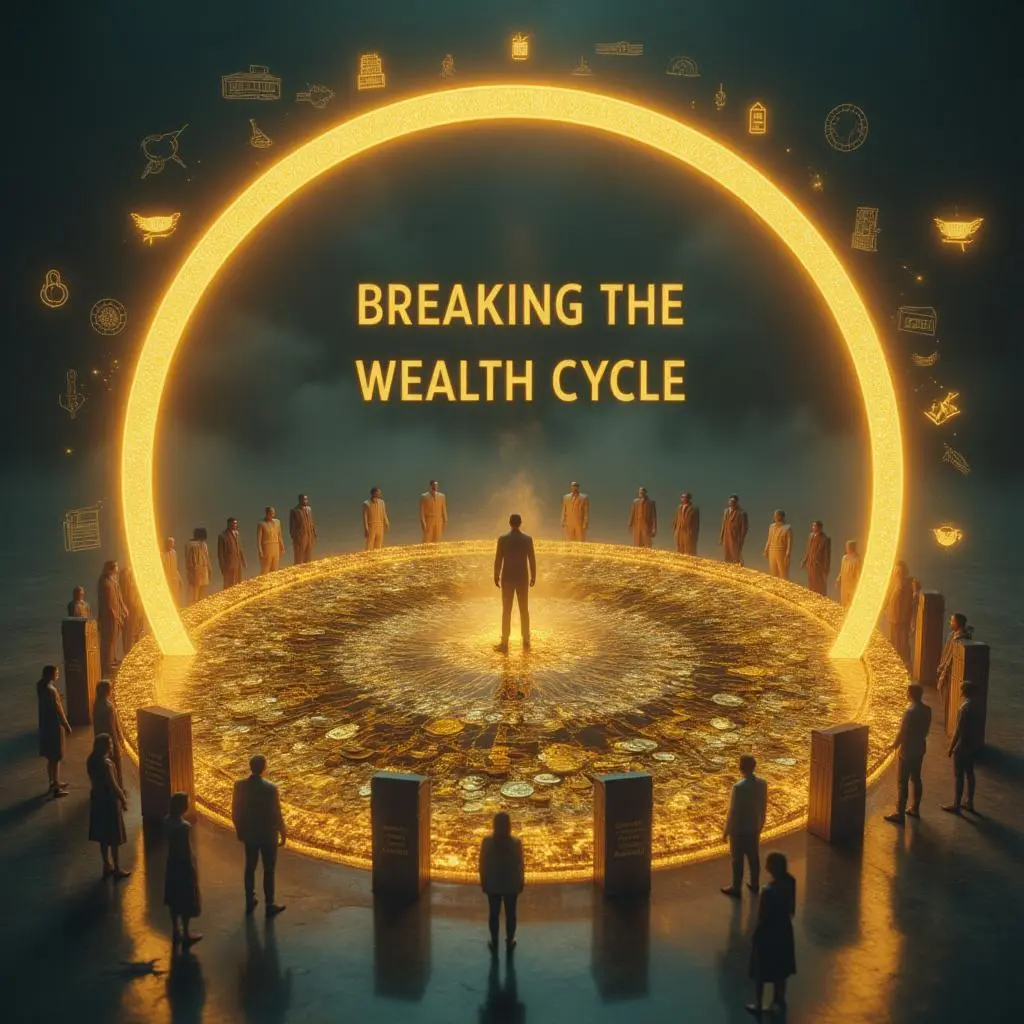How the Rich Stay Rich and the Poor Stay Poor

The gap between the rich and the poor is not just a matter of chance; it is a product of systemic inequalities that perpetuate wealth for some while trapping others in cycles of poverty. From access to education and healthcare to inheritance laws and tax systems, the structures of society often favor those already at the top.
One of the key ways the rich stay rich is through wealth accumulation and investment. Assets like stocks, real estate, and businesses generate income, creating a self-sustaining cycle of wealth. Meanwhile, the poor often lack the resources to invest, as their income is consumed by basic needs, leaving little room for savings or growth.
Education is another critical factor. High-quality education, often accessible only to the wealthy, opens doors to better job opportunities and higher earnings. In contrast, underfunded schools and limited access to higher education perpetuate economic stagnation for low-income families, widening the gap between social classes.
To break this cycle, systemic reforms are essential. Policies that ensure equitable access to education, fair tax systems, and social safety nets can level the playing field. Empowering individuals with financial literacy and affordable investment opportunities can also enable upward mobility for those in poverty.
Ultimately, dismantling the structures that maintain economic inequality requires collective effort and political will. By addressing the root causes of this divide, we can create a more just society where opportunities are not limited by one’s starting point in life.
